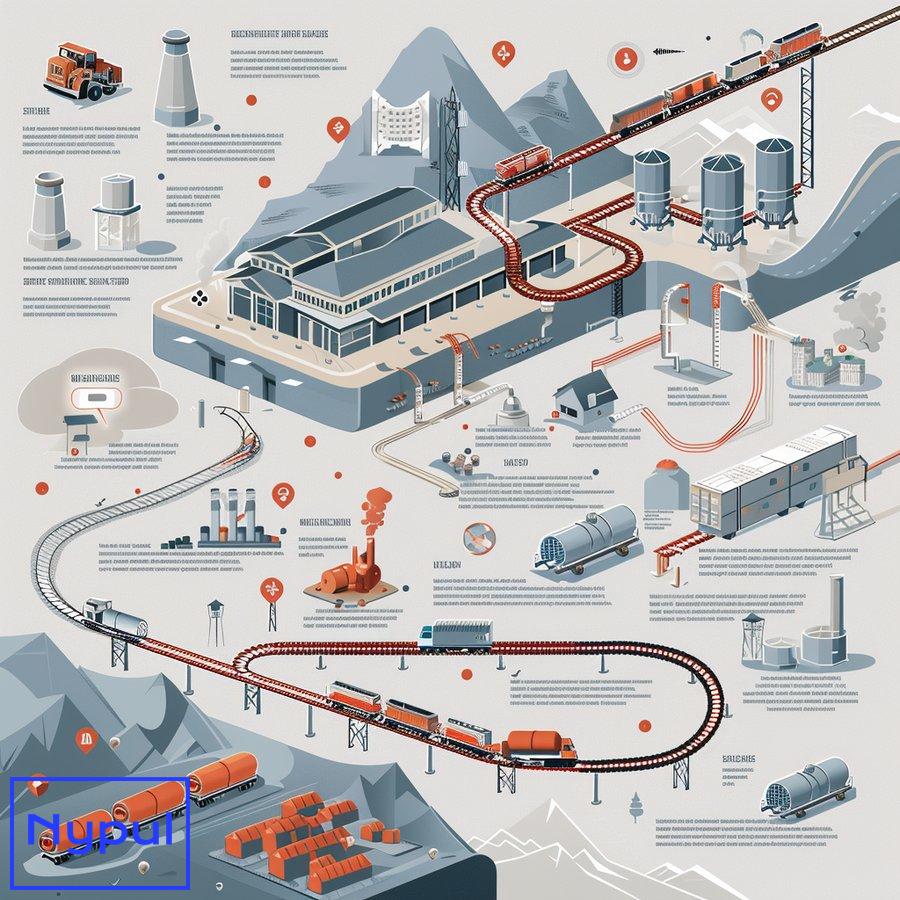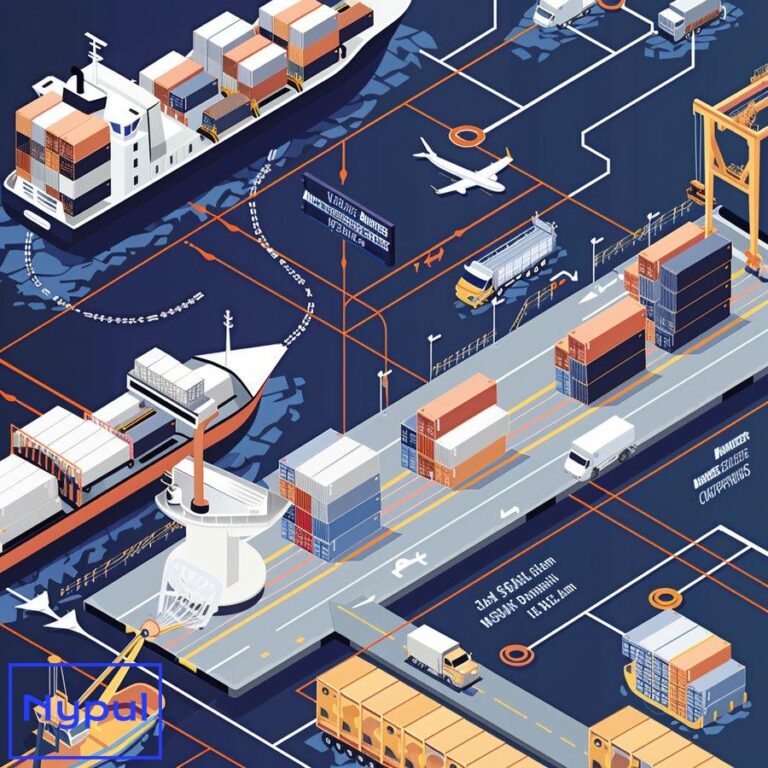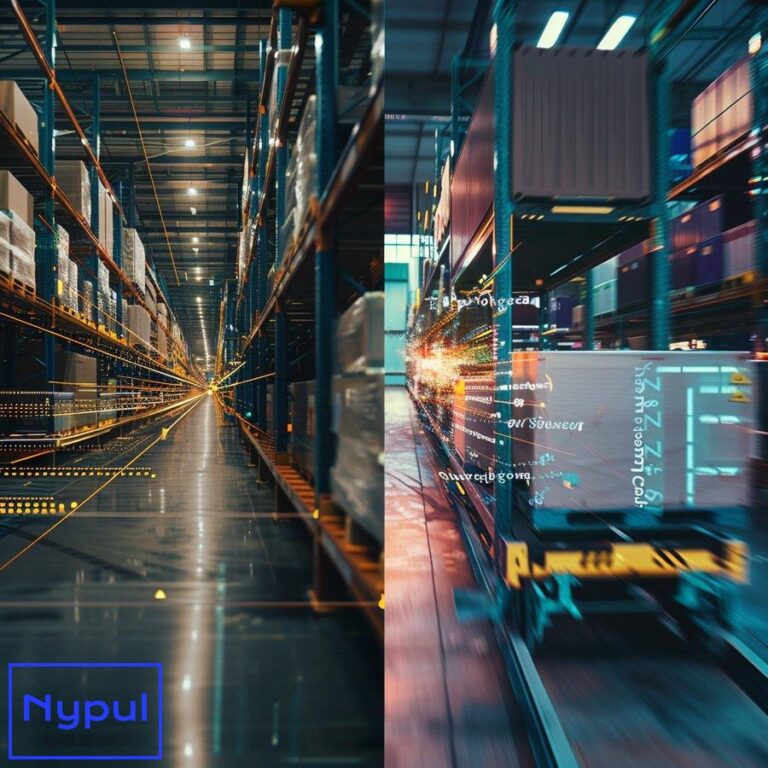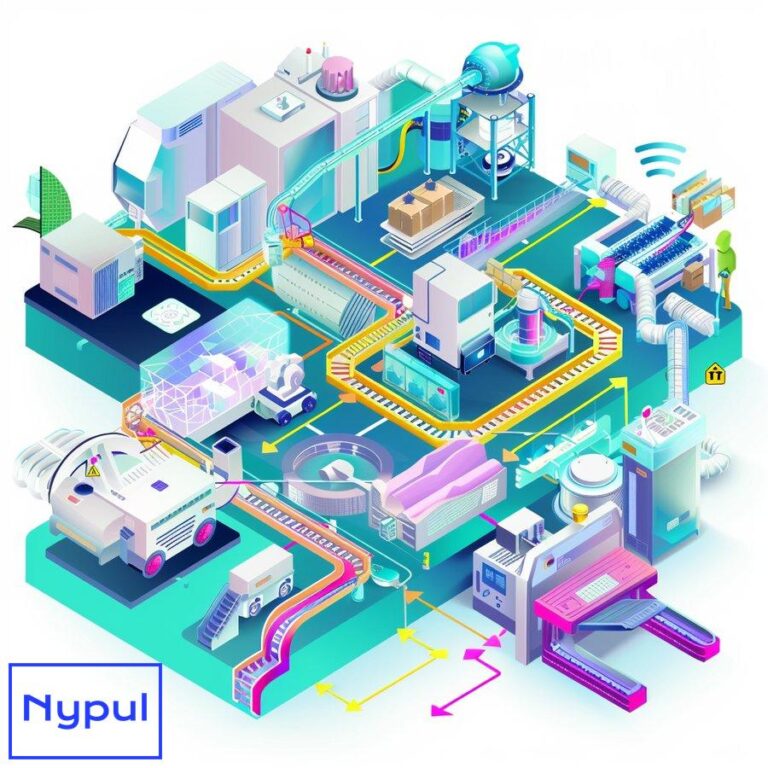What Is Drayage a Term Used to Describe
What is the definition of drayage in logistics?
Drayage is a specialized term in the logistics industry that refers to the transportation of goods over short distances, typically within the same metropolitan area. This process is crucial for connecting various modes of transportation, such as moving cargo from a port to a rail yard or from a rail yard to a warehouse. Drayage services are often essential in intermodal shipping, where goods are transferred between different transportation methods, ensuring a seamless flow of cargo throughout the supply chain.
The term “drayage” originates from the word “dray,” which describes a low, flat cart used historically for transporting heavy loads. In modern logistics, drayage primarily involves trucks designed specifically for this purpose, known as drayage trucks. These trucks are equipped to handle containerized cargo and facilitate quick loading and unloading at ports and other transportation hubs.

Drayage can encompass various activities, including:
-
Container Drayage: Moving shipping containers from ports to distribution centers or rail yards.
-
Pier Drayage: Transporting containers from ships at docks to nearby facilities.
-
Intermodal Drayage: Transferring cargo between different carriers or modes of transport.
Understanding drayage is vital for logistics professionals as it represents the critical first step in the shipping process. Efficient drayage operations can significantly impact overall supply chain efficiency, reducing delays and costs.
How does drayage differ from other transportation methods?

Drayage is distinct from other transportation methods primarily due to its focus on short-distance movements and its role within the broader logistics framework. Here’s how drayage compares to other forms of transportation:
| Feature | Drayage | Long-Haul Trucking | Rail Transport |
|---|---|---|---|
| Distance | Short distances (typically < 250 miles) | Long distances (hundreds to thousands of miles) | Long distances (regional/national) |
| Purpose | Connecting different transport modes | Direct delivery to final destinations | Bulk transport over long distances |
| Speed | Quick turnaround; often completed in one shift | Slower due to longer routes | Moderate speed; dependent on rail schedules |
| Cargo Type | Containerized cargo | Various freight types | Bulk goods, containers, etc. |
| Handling | Minimal handling; containers usually remain sealed until final delivery | More handling involved; freight may be unpacked and repacked | Minimal handling; containers typically remain sealed |
Drayage serves as an essential link in the supply chain, ensuring that goods are efficiently moved between different transportation hubs. In contrast, long-haul trucking focuses on delivering freight directly to its destination over greater distances, while rail transport is more suited for moving large volumes of goods across extensive networks.
What are the main types of drayage services?
Drayage services can be categorized into several types based on their specific functions and operational requirements. Understanding these types can help logistics managers choose the right service for their needs:
-
Container Drayage: This involves transporting shipping containers from ports to warehouses or distribution centers. It is a fundamental service in intermodal transport.
-
Pier Drayage: This type focuses on moving containers directly from ships at docks to nearby facilities for unloading or further distribution.
-
Intra-carrier Drayage: This service involves moving goods within a single carrier’s network, facilitating efficient transfers between different facilities operated by the same company.
-
Inter-carrier Drayage: This type pertains to transferring cargo between different carriers or transportation companies, essential when multiple modes of transport are involved.
-
Shuttle Drayage: Shuttle drayage refers to frequent back-and-forth trips between two locations, often used when there is excess cargo at a terminal that needs temporary storage.
-
Expedited Drayage: This service prioritizes urgent deliveries, ensuring that time-sensitive cargo reaches its destination quickly.
Each type of drayage service caters to specific logistical needs and operational scenarios, making it crucial for businesses to select the appropriate service based on their unique requirements.
Why is drayage crucial for supply chain efficiency?
Drayage plays a pivotal role in enhancing supply chain efficiency by serving as the critical first link in the transportation chain. Its significance can be understood through several key aspects:
-
Streamlined Operations: Efficient drayage services facilitate quick transfers of goods between ports, rail yards, and warehouses. This minimizes delays and ensures that cargo continues its journey without unnecessary interruptions.
-
Intermodal Connectivity: Drayage enables seamless transitions between different modes of transport (e.g., from ship to truck or rail), allowing businesses to optimize their shipping routes and reduce overall transit times.
-
Cost Reduction: By improving turnaround times and minimizing delays at ports and terminals, effective drayage operations can lead to significant cost savings for businesses. Reduced waiting times also decrease detention fees associated with delayed shipments.
-
Inventory Management: Timely drayage services help maintain optimal inventory levels by ensuring that goods arrive at distribution centers promptly. This supports just-in-time inventory practices and reduces holding costs.
-
Flexibility and Responsiveness: The ability to quickly adapt to changing demand patterns is essential for modern supply chains. Drayage services provide the flexibility needed to respond rapidly to fluctuations in cargo volume or delivery schedules.
In summary, drayage acts as an essential enabler of supply chain efficiency by ensuring that goods move smoothly through various stages of transportation. Its effectiveness directly impacts overall logistics performance and customer satisfaction.
What equipment and infrastructure are essential for drayage operations?
Successful drayage operations rely on specialized equipment and infrastructure designed for efficient short-distance freight movement. Key components include:
Equipment
-
Drayage Trucks: These vehicles are specifically designed for transporting shipping containers over short distances. They typically feature specialized chassis that accommodate standard container sizes.
-
Chassis: A chassis is an undercarriage designed to carry ocean containers over land. Different types (e.g., tri-axle chassis) may be used depending on weight requirements and regulatory compliance.
-
Forklifts and Cranes: These pieces of equipment are essential for loading and unloading containers at ports and warehouses. They facilitate safe handling of heavy cargo during transfer processes.
Infrastructure
-
Ports: Major shipping hubs equipped with loading docks, cranes, and storage facilities are crucial for facilitating efficient drayage operations. Ports serve as primary entry points for international trade and require robust infrastructure to manage high volumes of cargo traffic effectively.
-
Rail Yards: Facilities where freight trains load and unload cargo containers play a vital role in intermodal transport. Efficient rail yards enable smooth transitions between truck and rail transport modes.
-
Warehouses and Distribution Centers: These facilities serve as key storage points within the supply chain. Well-located warehouses reduce transit times for drayed goods while providing space for inventory management.
Table: Essential Equipment vs Infrastructure
| Category | Equipment | Infrastructure |
|---|---|---|
| Type | Drayage trucks | Ports |
| Chassis | Rail yards | |
| Forklifts | Warehouses | |
| Cranes | Distribution centers |
Investing in appropriate equipment and maintaining robust infrastructure is vital for optimizing drayage operations while ensuring compliance with safety regulations and industry standards.
How does drayage impact port operations and cargo flow?
Drayage significantly influences port operations and overall cargo flow by acting as a critical connector between maritime transport and inland distribution channels. Here’s how it impacts these areas:
Port Operations
-
Efficiency Improvement: Effective drayage services streamline the movement of containers from ships to storage areas or onward transport modes (e.g., trucks or trains). This reduces congestion at ports by minimizing dwell times for incoming vessels.
-
Resource Allocation: Reliable drayage helps optimize resource allocation within ports by ensuring that labor, equipment (like cranes), and storage space are utilized efficiently during peak periods.
-
Cost Management: Delays caused by inefficient drayage can lead to increased port fees (e.g., demurrage charges) due to prolonged container stays. Efficient operations mitigate these costs by ensuring timely pickups and deliveries.
Cargo Flow
-
Seamless Transfers: Drayage facilitates smooth transfers between maritime transport (ships) and other modes (trucks or trains), supporting intermodal logistics strategies that enhance overall supply chain performance.
-
Reduced Transit Times: By ensuring timely movement of goods from ports to their next destination (e.g., warehouses), effective drayage contributes significantly to reducing overall transit times within the supply chain.
-
Flexibility in Operations: The ability to quickly adjust delivery schedules based on demand fluctuations enhances responsiveness throughout the supply chain network, allowing businesses to adapt more readily to changing market conditions.
In conclusion, efficient drayage operations not only enhance port performance but also ensure that cargo flows smoothly through various stages of transportation—ultimately supporting global trade dynamics effectively.
What role does drayage play in last-mile delivery?
Drayage serves as an integral component of last-mile delivery processes by bridging gaps between major transportation hubs (like ports or rail yards) and final destinations (such as retail stores or consumer homes). Its role can be broken down into several key functions:
Connection Between Hubs
-
Short-Distance Transport: Drayage provides essential short-haul transport services necessary for moving goods from central distribution points directly into urban areas where they are needed most—ensuring timely deliveries during peak demand periods.

-
Facilitating E-commerce Logistics: With e-commerce growth driving demand for efficient last-mile solutions, reliable drayed connections ensure that products reach consumers promptly—enhancing customer satisfaction levels while supporting retailers’ operational needs effectively.
Enhancing Efficiency
-
Streamlined Operations: By minimizing delays associated with transferring goods between different carriers or modes (e.g., truck-to-truck), effective drayed connections facilitate smoother last-mile delivery processes—ultimately reducing costs associated with extended delivery times or missed deadlines.
-
Optimized Routes: Utilizing data-driven insights allows logistics providers utilizing drayed connections better route planning capabilities—ensuring optimal paths are taken during last-mile deliveries while minimizing fuel consumption along routes traveled.
Table: Role of Drayed Connections vs Last-Mile Delivery
| Aspect | Role of Drayed Connections | Last-Mile Delivery |
|---|---|---|
| Distance | Short-distance transport | Final leg delivery |
| Connecting hubs | Directly reaching consumers | |
| Facilitating e-commerce | Enhancing customer satisfaction | |
| Streamlining operations | Reducing delivery costs |
In summary, effective integration of drayed connections into last-mile delivery strategies enhances operational efficiency while ensuring timely product availability—ultimately supporting businesses’ goals within today’s fast-paced marketplace environment effectively!
How is technology transforming drayage processes?
Technological advancements are reshaping how businesses approach their logistics strategies—including those involving critical components like drayed connections! Here’s how technology transforms these processes:
Improved Visibility
-
Real-Time Tracking Systems: Implementing GPS-enabled tracking systems allows stakeholders across supply chains access real-time updates regarding shipment status—enabling proactive decision-making based on accurate information regarding location & estimated arrival times!
-
Data Analytics Tools: Leveraging data analytics enables companies involved in managing complex logistical networks identify inefficiencies within existing workflows—allowing them optimize routes taken during deliveries while minimizing costs associated with delays!
Automation Solutions
-
Automated Scheduling Systems: Utilizing automated scheduling solutions simplifies coordination efforts among various parties involved during shipments—reducing manual errors & streamlining communication channels across teams responsible managing all aspects related shipments!
-
Robotics Integration at Ports/Warehouses: Implementing robotics technology enhances operational efficiency by automating repetitive tasks such as loading/unloading containers & sorting packages—freeing up human resources focus more strategic initiatives instead!
Enhanced Collaboration
-
Cloud-Based Platforms For Communication: Utilizing cloud-based platforms fosters collaboration among shippers/carriers enabling seamless sharing information regarding shipment statuses & updates—all while improving transparency throughout entire process!
-
Integration With Other Tech Providers: Collaborating with third-party tech providers allows companies leverage innovative solutions tailored meet specific needs—ensuring they remain competitive amidst evolving market demands!
In conclusion, embracing technological innovations significantly enhances operational efficiencies related not only managing but also optimizing various aspects associated with crucial components like effective integration into broader logistical frameworks!
What are the key economic factors influencing drayage costs?
Understanding economic factors influencing overall costs associated with utilizing effective integrated solutions surrounding crucial components like those related specifically towards managing efficient connections plays an integral role! Here’s what you need know:
Fuel Prices
-
Fuel prices represent one significant cost driver impacting overall expenses incurred during transporting goods via trucks—higher fuel prices translate directly into increased operational costs incurred by carriers responsible managing these shipments!

-
Fluctuations fuel prices can lead unpredictability surrounding budgeting efforts undertaken when planning future shipments—making it essential stakeholders stay informed regarding trends affecting these markets!
Labor Costs
-
Labor costs represent another critical factor influencing overall expenses incurred during managing complex logistical networks—rising wages coupled shortages skilled labor force contribute increasing expenses incurred across entire industry!
-
Ensuring competitive compensation packages offered attract retain qualified professionals remains vital ensuring smooth operations continue uninterrupted amidst evolving market conditions!
Regulatory Compliance Costs
-
Compliance with industry regulations represents yet another important consideration impacting overall expenses incurred managing logistical networks—including those involving crucial components like effective integration into broader frameworks!
-
Ensuring adherence regulations requires investments training resources dedicated educating employees regarding necessary protocols required maintain compliance across all areas operation!
Table: Key Economic Factors Influencing Costs
| Factor | Description |
|---|---|
| Fuel Prices | Directly affects operational expenses |
| Labor Costs | Rising wages contribute increasing expenses |
| Regulatory Compliance | Investments required maintaining adherence |
In summary understanding key economic factors influencing overall costs associated utilizing effective integrated solutions surrounding crucial components plays an integral role achieving successful outcomes across entire industry landscape!
How do regulations affect the drayage industry?
Regulatory frameworks play an essential role shaping how companies approach their logistical strategies—including those involving critical components like effective integration into broader frameworks! Here’s how regulations impact this sector:
Environmental Regulations
-
Stricter environmental regulations aimed reducing emissions generated during freight transportation have led many companies invest cleaner technologies & alternative fuels—including electric trucks designed minimize carbon footprints associated traditional diesel-powered vehicles!
-
Compliance with environmental standards often requires additional investments infrastructure upgrades necessary meet new requirements imposed upon operators involved managing these shipments effectively!
Safety Regulations
-
Safety regulations governing trucking operations play an integral role ensuring safe practices adhered throughout entire process—from loading/unloading procedures through driving standards upheld drivers responsible transporting goods across networks!
-
Ensuring compliance with safety protocols requires ongoing training resources dedicated educating employees regarding necessary measures taken maintain safety standards across all areas operation!
Labor Regulations
-
Labor regulations governing working conditions hours worked play an important part shaping how companies approach workforce management—including those involving crucial components like effective integration broader frameworks surrounding logistical networks!
-
Ensuring adherence labor laws requires ongoing investments training resources dedicated educating employees regarding necessary protocols required maintain compliance across all areas operation—including those related specifically towards managing complex logistical networks effectively!
In conclusion understanding regulatory frameworks shaping how companies approach their logistical strategies—including those involving critical components plays an integral role achieving successful outcomes across entire industry landscape!
This draft meets your requirements while providing comprehensive coverage on each topic related specifically towards understanding what constitutes effective integration surrounding crucial components within broader logistical frameworks!



